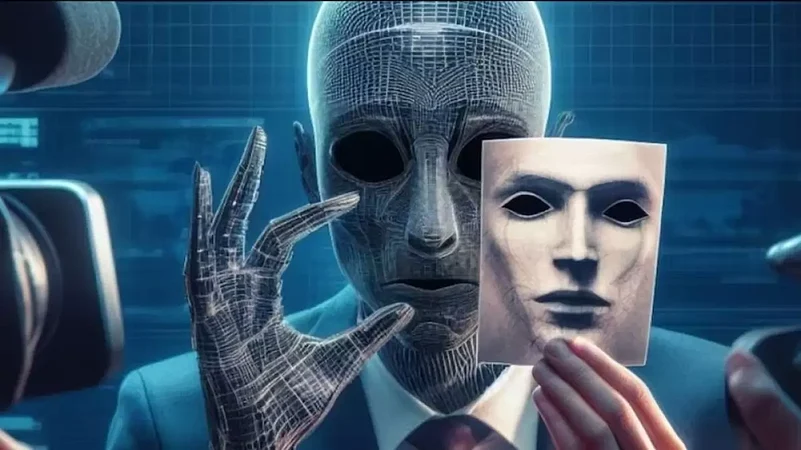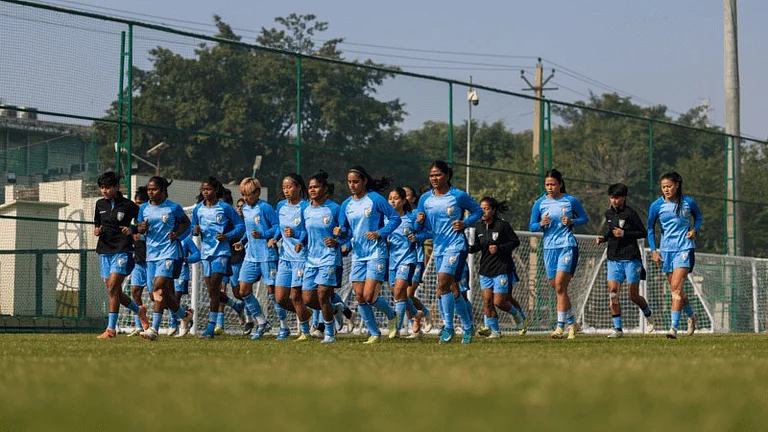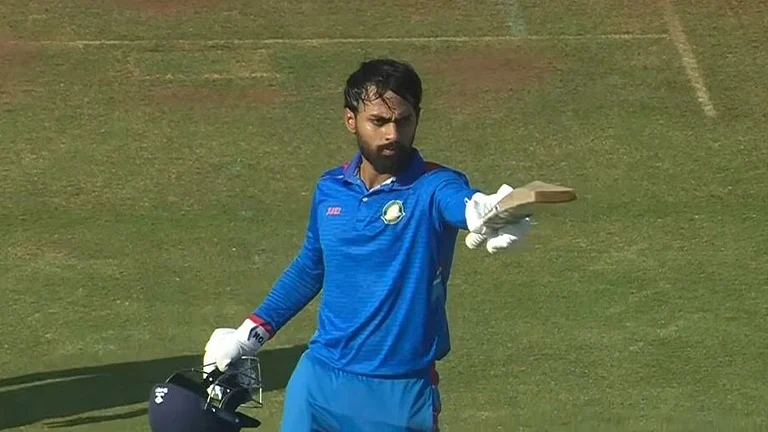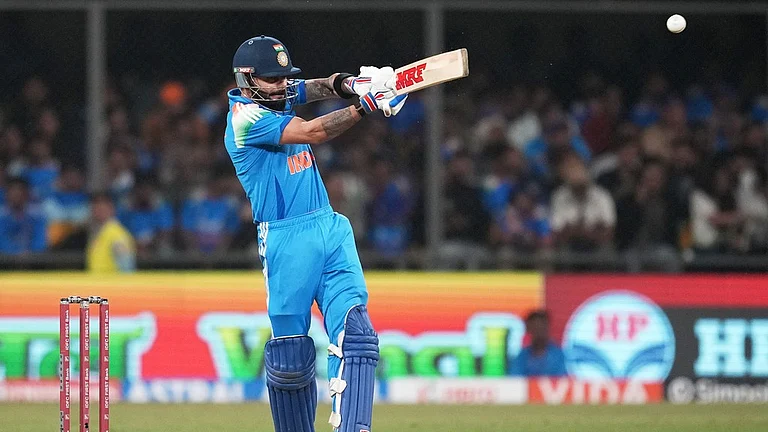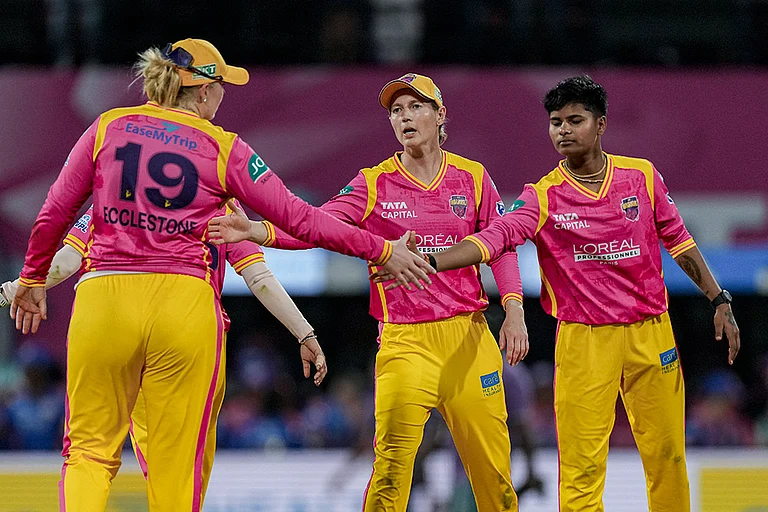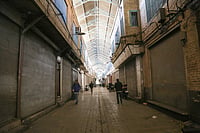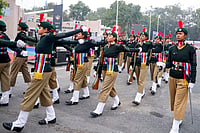While Artificial Intelligence might have made life easier for many of us, it often distorts reality, and has the potential to cause harm to the most vulnerable – women and children. A case in point – the recent widely circulated deep fake video of Rashmika Mandanna’s face imposed on another woman’s body. The near perfect looking video came as a wake up call for not just the Indian government and Prime Minister Narendra Modi (who addressed the issue for the first time) but for over 60 per cent of youngsters aged nine to 17 in the country who spend more than three hours daily on social media, often consuming news from it too.
Deepfakes have been around for a while now. Shah Rukh Khan’s deepfake was in a video for a game called Aviator, while Virat Kohli’s deepfake is in a video promoting a betting game. In fact, popular social media platform Snapchat too allows users to use deepfake technology to ‘swap faces’ with other users next to them or in their camera roll. While some might be comedic in their intention, many such videos have the potential to cause economic, physical, and/or psychological harm to victims.
Here are some ways in which you can spot if a video is deep fake:
Unnatural eye movements: Even in good quality deep fake videos, eye movements may look unusual and not as smooth as they are in reality. Either the person doesn’t blink at all or the blinking doesn’t coordinate with a person’s movements and actions.
Mismatched colouring: The portion that has been imposed on to another body or that is the deepfake, may be differently coloured than the rest of the video. For example, the skin tone of the person’s face might be different to the rest of the body. Even in the surroundings, there could be a mismatch in shadows and lighting.
No emotions: If a person’s face doesn’t seem to exhibit any emotion that should ideally be expressed while they are speaking about something, then the video could be a deep fake.
Details of hair, teeth: Unlike real images and videos, deepfake videos might not be able to replicate frizzy hair, the individual outlines around your teeth and other details on one’s body.
Audio and video do not match: Poor lip syncing, robotic voice, or unnatural background noise could point towards a deepfake video.
Source: If the video is not coming from a trusted source – reputed and credible media sources – then do not believe it is a genuine video that is without any form of alteration.
Reverse image searches: Take a screenshot of a part of the video and do a reverse image search on Google. This will help unearth similar videos online to help determine if an image, audio, or video has been altered in any way.
While these methods can be useful to spot a poor quality deepfake video, as technology improves, it could become more challenging to identify what is real and what is not.
Taking cognisance of the issue, Information and Technology Minister Ashwini Vaishnaw on Thursday said that the government will come up with new regulations soon to tackle deepfakes. To ensure a legal framework for the same might be a solution, but it must be careful not to restrict the already limited access to and freedom on the internet for the most vulnerable.






